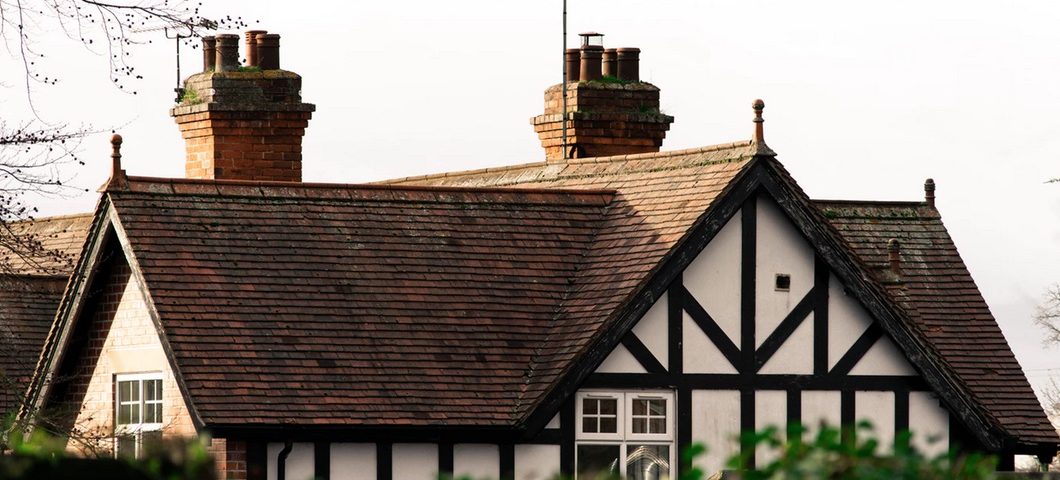
What To Expect During Your Roof Installation
March 11, 2019
Roofing in San Antonio: 6 Roof Maintenance Tips
April 10, 2019If you’re wondering how roof flashing works, you’ve come to the right place.
When you glance at your roof, you may think that the roofing shingles are the only thing protecting your home from staying dry. Yes, it’s true that the roofing material is going to protect your home from the elements. But there is another part of the roof that plays a role in protecting your home.
You may have guessed it. It’s your roof flashing.
This is because roof flashing plays a key role in moving water away from your roof. In doing so, it helps prevent leaks and helps to reinforce your roof.
What is Roof Flashing?
Roof flashing is basically a thin layer of metal that goes on certain areas of your roof. It is resistant to moisture as well as other common weather conditions, including heat and rain.
Usually it is made from either aluminum, lead or even galvanized steel. The roof flashing rolls into place and is sealed on your roof.
It’s primary purpose is to prevent damage from water and reduce the risk of mold.
What Does Roof Flashing Do?
Roof flashing helps to protect your home and roof by closing joints in walls and areas of the roof. By doing this, water is not able to seep into the roofing materials that were put in place during installation.
Commonly, valleys, skylights and vents are, and should be surrounded by flashing. This ensures proper protection for all common areas of the roof.
However, it is very important that the roof flashing is installed correctly. This ensures the material won’t fail or become less effective over time.
It’s also key that the roof flashing is installed properly so that water is actually kept out of places it shouldn’t be. If roof flashing is not properly installed or defective, this could actually damage your roof much faster than had it been installed carefully.
How Does Roof Flashing Work?
The main way that it helps protect your home is by collecting water and helping it flow away from the roof. Whether the roofing is installed on valleys, chimneys or vents, this is how flashing works to protect.
Depending on the shapes and angles of a roof, position and size of flashing may fluctuate. But it’s primary purpose is keeping water moving and preventing leaks in your roof.
Valley Flashing
The part of the roof slopes downward between two folds of a roof is known as the valley. A strand of metal is installed beneath the shingles of a roof here. Usually it’s is installed at the edges.
Generally, the flashing installed in valleys is meant to direct water to a gutter close by to help drain.
When water runs from the shingles down into the valley, the flashing is what protects this vulnerable part of the roof from becoming damaged.
The water then flows from the roof slopes down the valley and into the gutters.
Chimney Flashing

One of the most common ways water can get into homes is by way of chimney. However, chimney flashing helps to effectively stop water from entering.
The way this is done is by installing L-shaped metal pieces between shingles courses all alongside a chimney. At the top of the chimney is the cricket roof. Also known as the saddle roof. Its purpose is to create a slope that keeps water from being able to accumulate behind a chimney.
Then, a large piece of flashing covers the cricket roof and runs alongside the shingle run on top of it. Generally, it is mortared directly onto the chimney itself. This allows for a water tight barrier to be created.
On the side of the chimney, counter flashing is also mortared onto either the stone or brick course and runs down on top of the step flashing.
Lastly, chimney flashing is mortared on the front of a chimney. It is going to be mortared at the lowest part of the roof slope. Usually it will sit on top of the next course shingles. This is where any water may run off.
And this is how chimney flashing works.
Vent Pipe Flashing
As we’ve learned, flashing helps protect your roof and home from entering water. This also includes piping and vents that sit atop your roof.
On most homes, you’ll usually have at least a few vents or piping. Since these are technically openings in the roof, water entry could be a problem without proper flashing installation.
For vents, the flashing is usually cone-shaped with a flange at the base. It is worked into the roof shingles as the roofing is initially applied.
The way it works is that there is a central sprout opening that is made of metal. It also may be with a rubber compression that wraps around PVC piping.
At the bottom is a square piece of metal. The center will slip over the vent pipe. This is where it’s installed beneath the roofing. In doing so, this makes water run out of and away from the pipe opening.
Need Help with Your Roof Flashing?
For assistance with roof flashing for your home, please don’t hesitate to contact us. As a preferred roofing company in San Antonio, you can rest assured we will get the job done right for you. The first time.
Contact us today and let’s get your roof back in working order and great condition.





